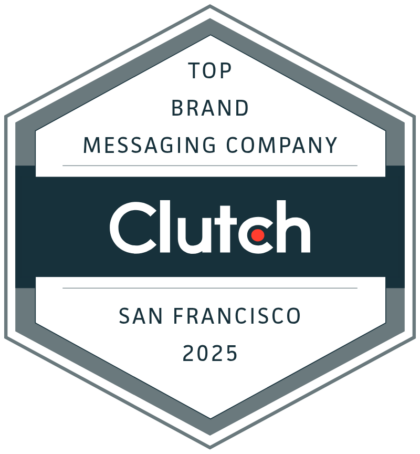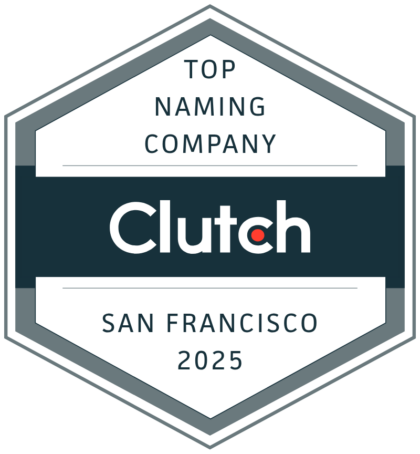MickyD’s New Strategy: Will it Work?
McDonald's just unveiled a new corporate strategy focused on technology enablement and experience design. Only one of these is important for the brand.

David Kippen | March 3, 2017
McDonald’s just unveiled their new strategic plan for growth and it’s exactly too smart by half. Two things jump out: One’s a mistake; the other’s a necessity.
The mistake is a new focus on tech enablement. The core of the McDonald’s brand promise has always been “fast” and simple.
Their response to competition from the fast-casual segment has been to dilute this focus with an increasingly varied menu. (Here’s a great infographic to illustrate the point.)
Digital enablement allows them to speed up their “too many choices” model.
But that’s a non-problem. Instead, the brand should improve quality of a few highly desirable products. How about hamburgers with better meat, better buns, better lettuce, better tomatoes? That would be sufficient to beat back their in-segment competition and dominate their slice of fast casual. (McDonald’s has a great example of this in the McCafe offerings. They serve excellent-quality coffee. And that’s enough.)
The necessity is their new focus on the guest experience. Fast food once had high marks for experience–back when drive-in meant order from your car and have someone roller-skate out to deliver to your car. But that was a long time ago. As the industry matured, as it baked in the promise that “fast” also always meant “cheap,” service became one easy, obvious place to save. Fast food work became a synonym for “dead end job,” “low wage work” and a training ground for a “real job.”
Today, the whole fast and fast casual segment have uniformly poor guest experience. So with some anthropology, some training and some hard work, McDonald’s staffing model allows them to make huge improvements here. If they do, they can undo much of the damage the company’s carelessness has cost the brand. Good news is, they’ve started serious work on identifying and training around the guest experience of the future:
There’s a growing body of social science showing that choice is a dead end. Turns out most consumers don’t want everything–they want the right thing. Too many things–too many choices–can be paralyzing. That’s why experience design can offer McDonald’s a better way to differentiate. Good experience design puts a person between the consumer and the choice. If the person is the right person, he or she gives McDonald’s two brand wins right off the bat. Win number one is personification. The right person says, people I like, people I aspire to be like, like being here. Win number two is simple sales growth. With someone to help the consumer with choice, most consumers will choose to consume more.
That’s where a better menu comes in. But that’s a topic for another day.
Dr. David Kippen serves as Chief Strategist and CEO of Evviva Brands. With a background spanning advertising and communications and a client base spanning the globe and including top brands in every sector, Dr. David Kippen is a world-renowned leader in brand strategy. David’s past clients include Alaska Airlines, Amazon, Ameriprise Financial, Bain & Company, Blackrock, Burger King, Chevron, Coca-Cola, Dell, Dignity Health, Disney, Energy Recovery, E.ON, HP, HSBC, General Mills, Intel, Kaiser Permanente, Kentz, KLA-Tencor, Lam Research, Marriott International, Methanex, Moss Adams, Microsoft, Nokia, Premera Blue Cross, Teva, T-Mobile and Xilinx.
David earned a PhD in English (rhetoric) from the State University of New York at Stony Brook. Prior to founding Evviva Brands he was Head of Global Brand Strategy for TMP Worldwide.
Phone: (415) 320-9777
Email: kippen@evvivabrands.com




















